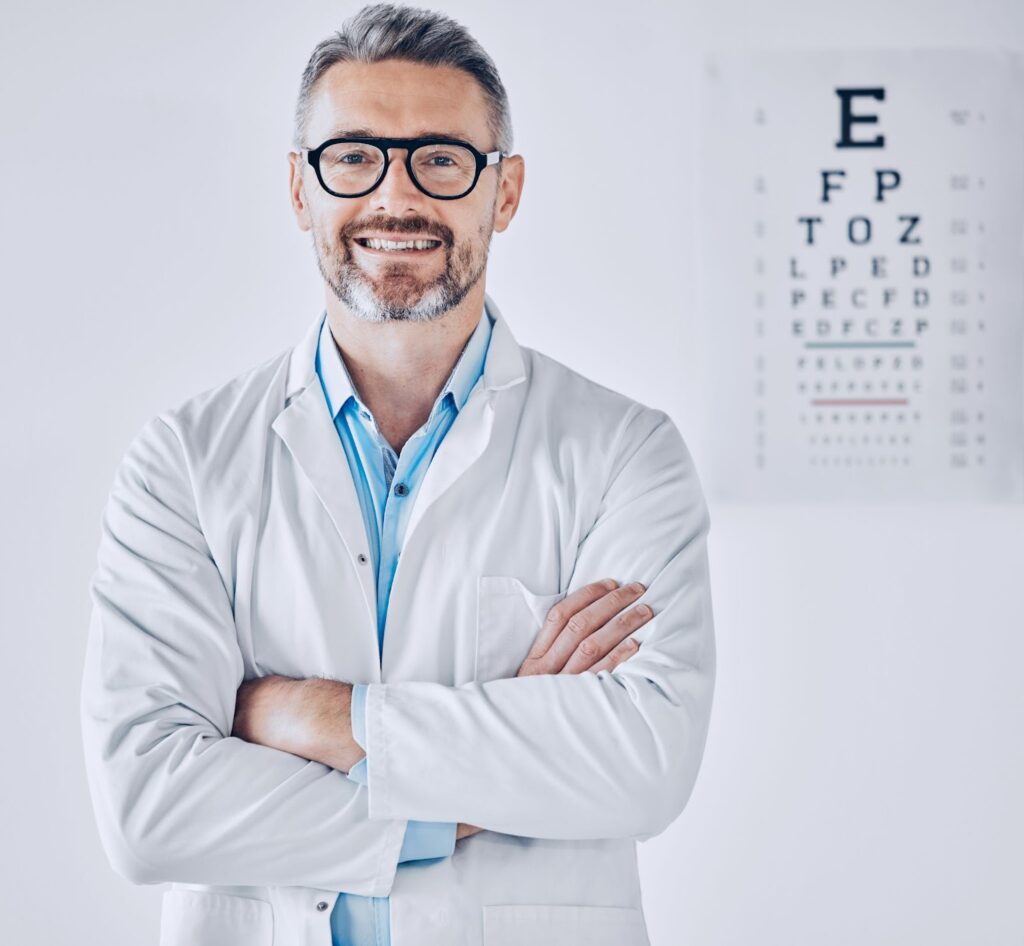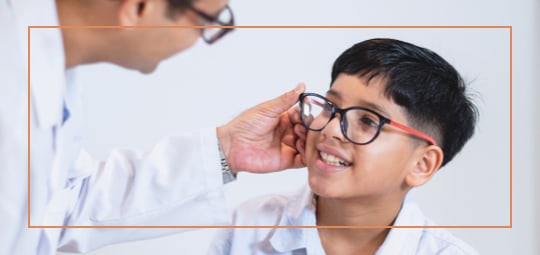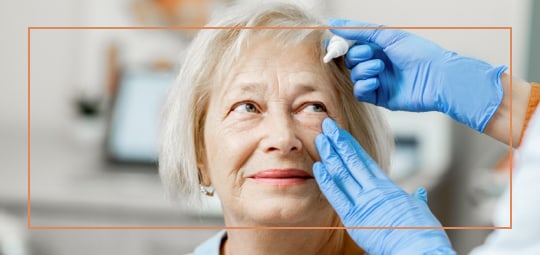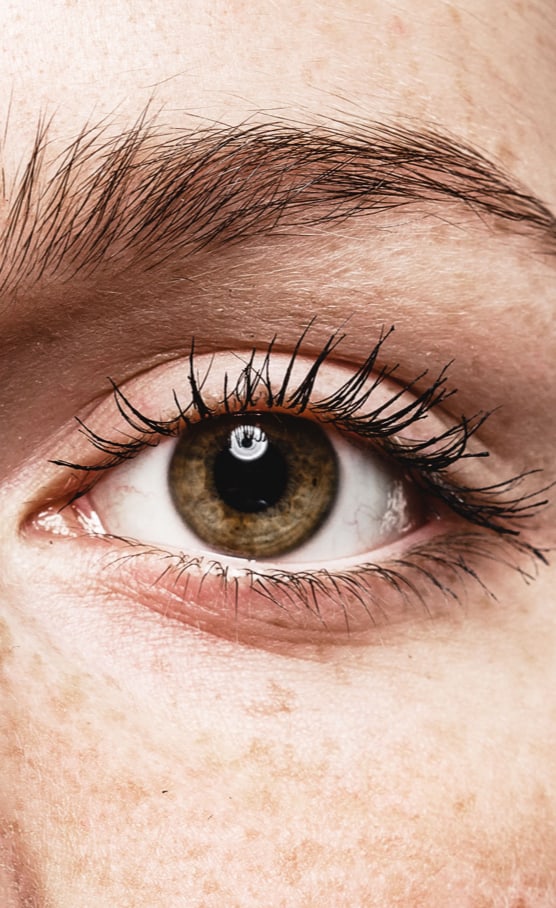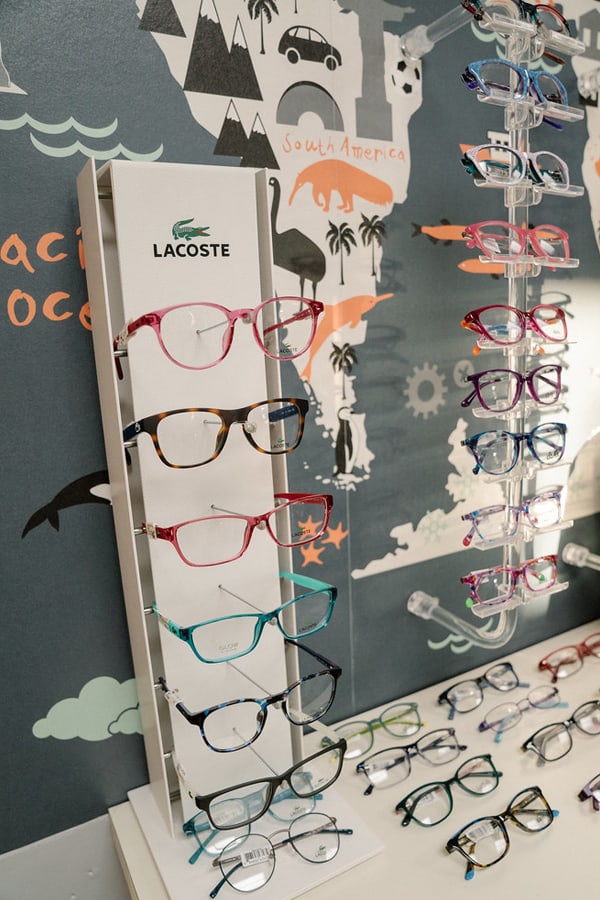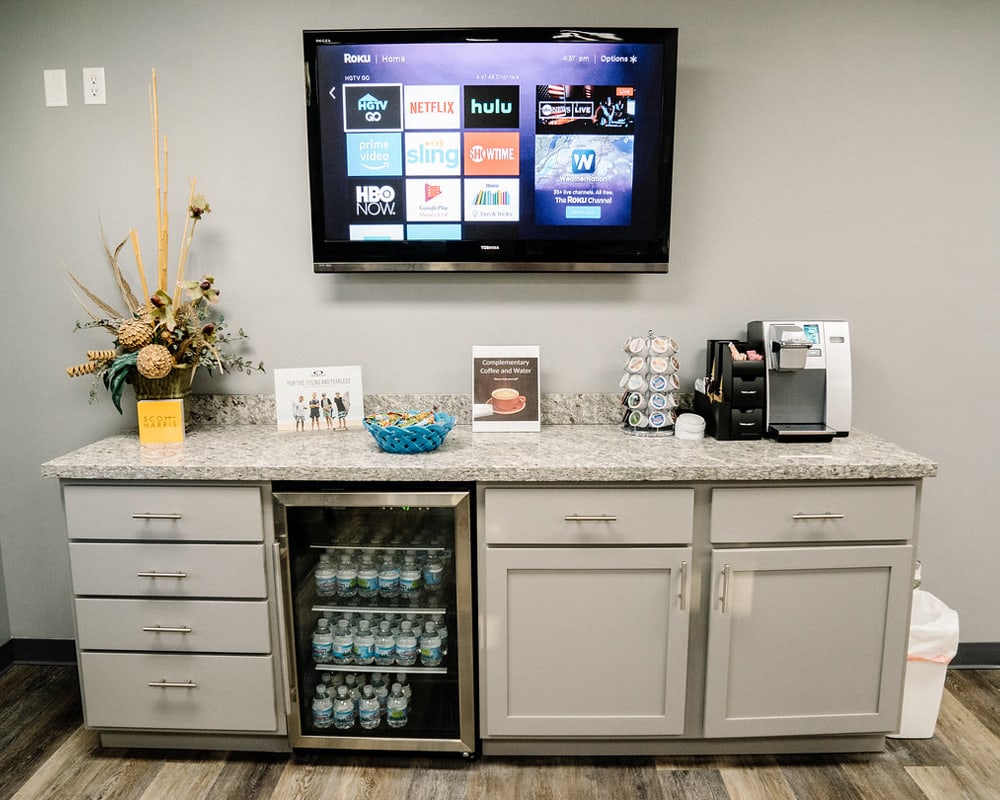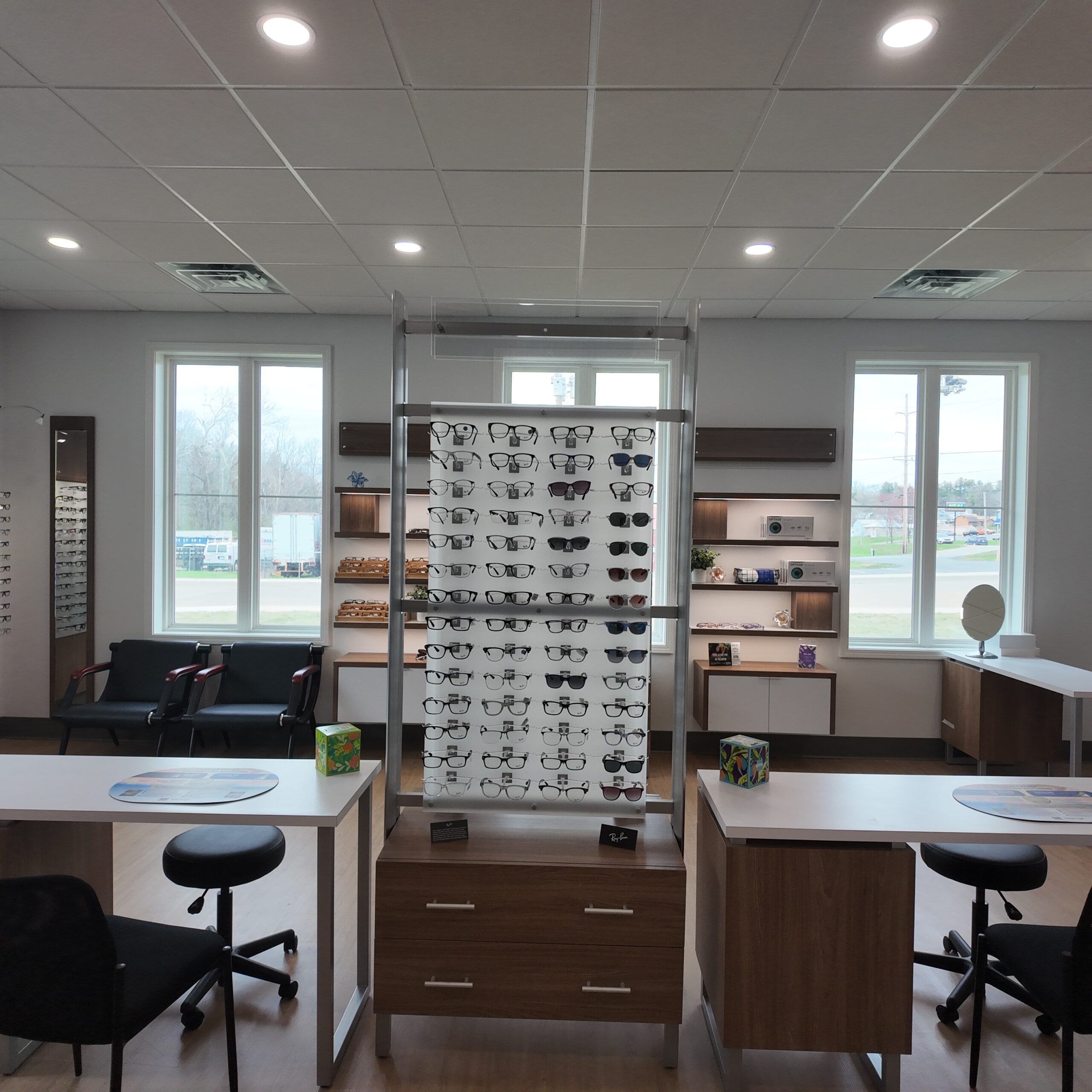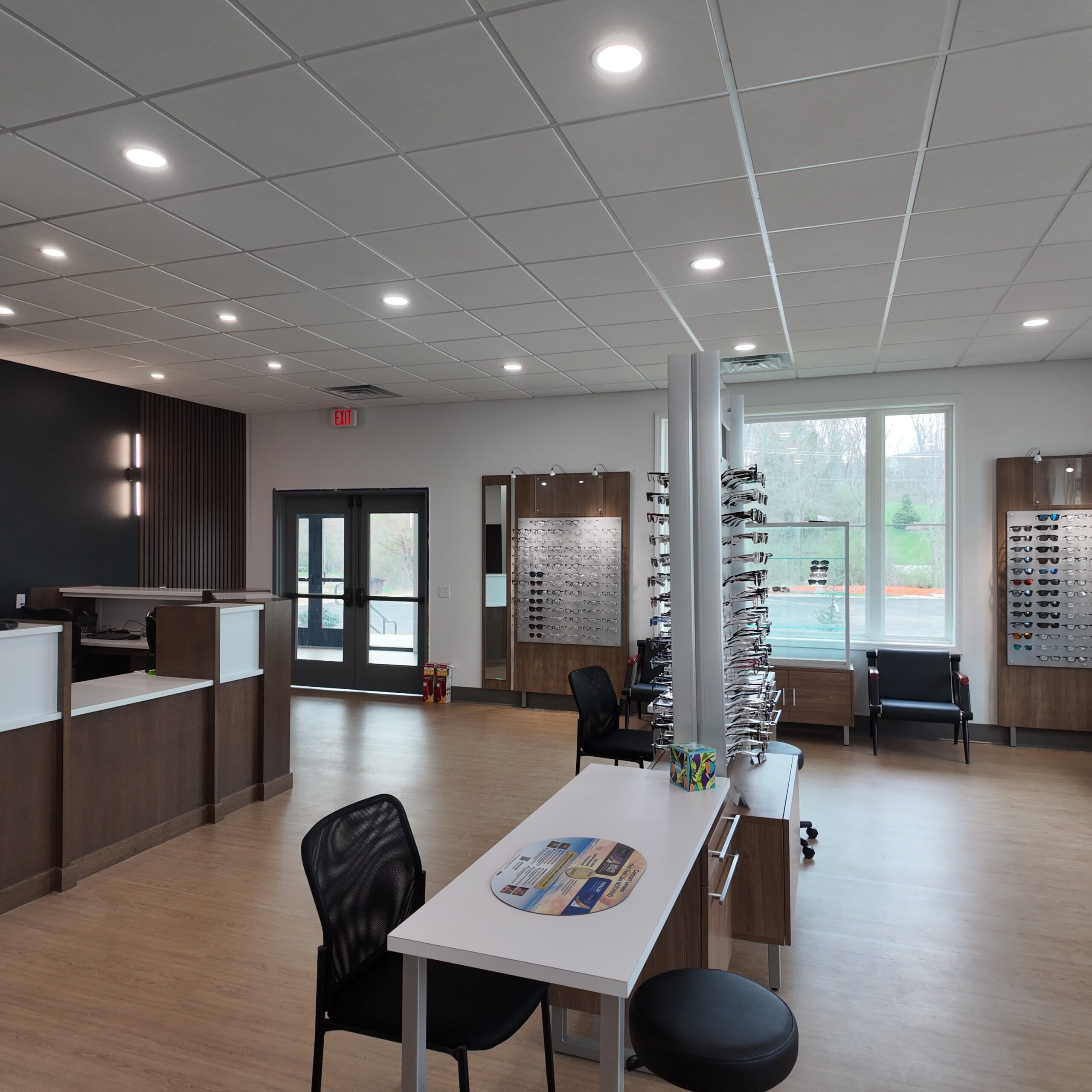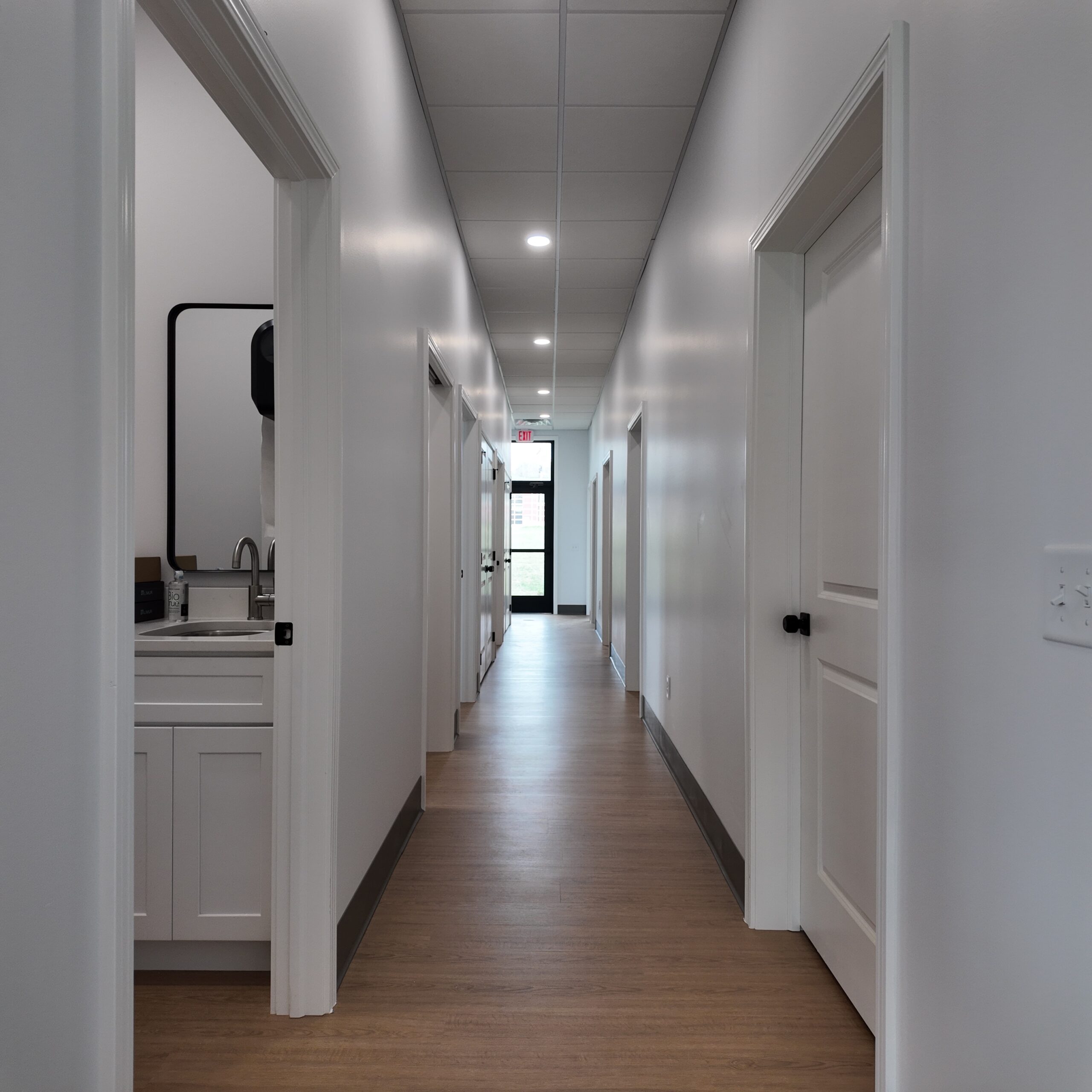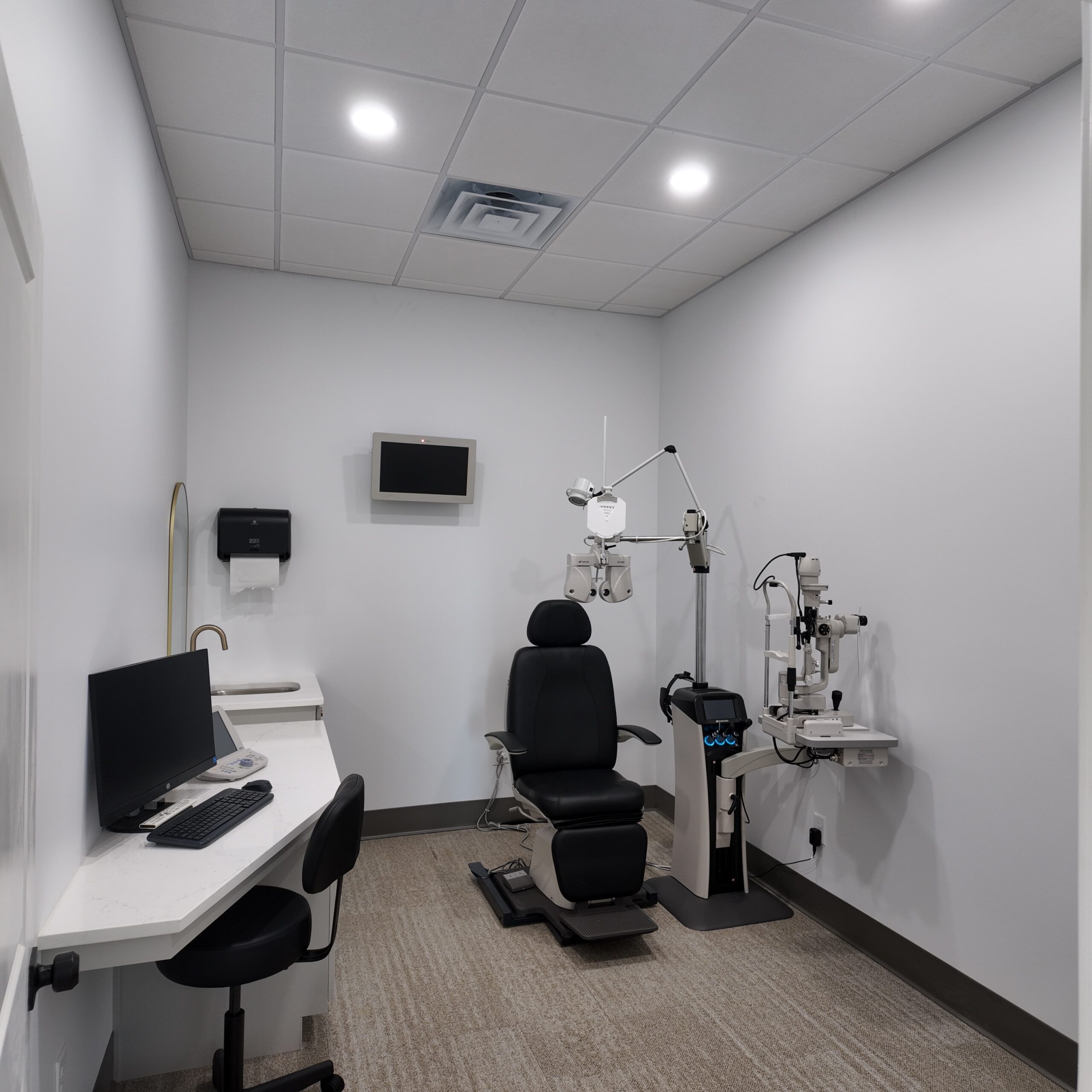Taking care of your eye health is crucial, and regular eye exams are an essential part of maintaining good vision. Among these, the optomap retinal eye exam stands out as a vital procedure to check the health of the back of your eye.
At Insights Optical, we are committed to providing comprehensive eye care services, and understanding what to expect from an optomap retinal exam can help you prepare and get the most out of your visit.
When preparing for an optomap exam, make sure you bring your current eyewear and a list of medications, and be ready for a comfortable, quick, and comprehensive retinal imaging experience.
Understanding the optomap Retinal Exam
An optomap retinal exam is an imaging process that captures an ultra-widefield view of the retina, providing a comprehensive picture of the back of your eye. This advanced technology allows your eye doctor to detect, diagnose, and monitor a wide range of eye conditions and diseases, including diabetic retinopathy, age-related macular degeneration, and glaucoma, often before symptoms appear.
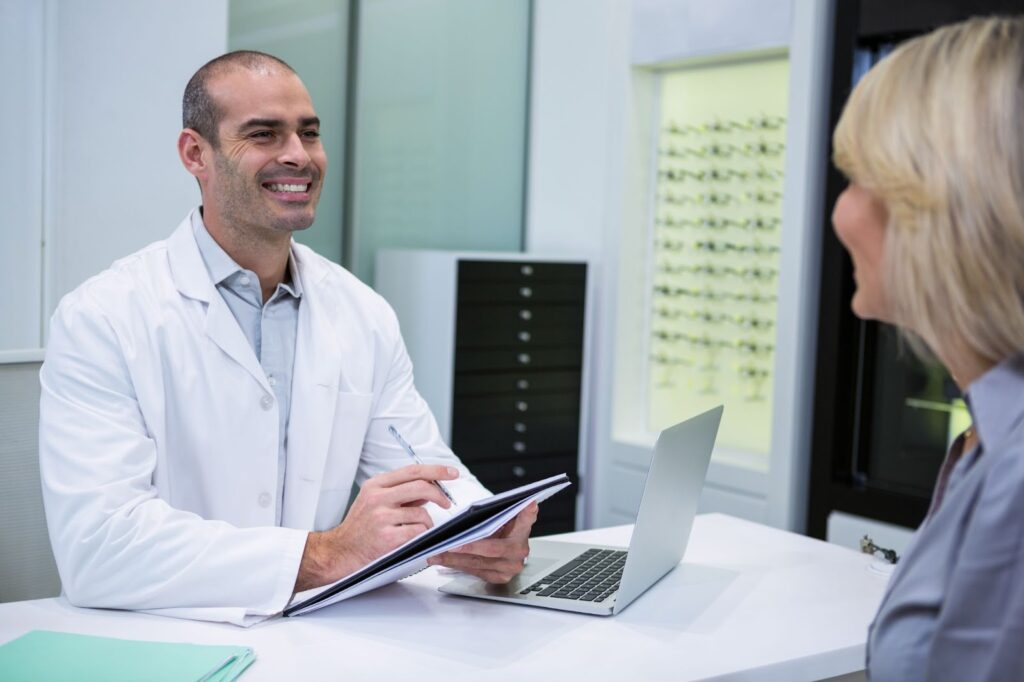
Why the optomap Exam Is Important
The retina is a light-sensitive layer at the back of your eye that plays a crucial role in your ability to see. Any damage or disease affecting the retina can lead to vision problems and many forms of retinal disease can cause blindness when left untreated. By having regular optomap exams, you can detect potential issues early and take proactive steps to protect your vision.
How to Prepare for Your optomap Retinal Eye Exam
Preparing for an optomap retinal eye exam is straightforward, but there are a few steps you can take to help make the process go smoothly and effectively.
- Bring Your Medical History
Your eye doctor will need to know about your overall health and any specific eye conditions or symptoms you may be experiencing. Bring a list of your current medications, any allergies, and a summary of your medical history. This information helps your doctor understand any risk factors you may have for eye diseases.
- Schedule Accordingly
The optomap exam does not typically require pupil dilation, which means you can return to your normal activities immediately after your appointment. However, it’s always a good idea to schedule your appointment at a convenient time and consider bringing sunglasses for comfort if your eyes are sensitive to light.
Find out what to expect from our eye examination process to help plan your visit better.
- Write Down Questions
It’s natural to have questions about your eye health, especially if this is your first optomap exam. Write down any questions or concerns you have so you can discuss them with your eye doctor during your appointment. This makes sure you leave the exam with a clear understanding of your eye health and any necessary next steps.
During the optomap Retinal Eye Exam
Knowing what happens during the exam can help you feel more comfortable and prepared.
- The Imaging Process
During the optomap exam, you will place your eye in front of the imaging device and look at a specific target. The machine will take a quick and painless scan of your retina, capturing detailed images in less than a second. This noninvasive procedure does not require any contact with your eye.
- Examination & Analysis
The high-resolution images captured by the optomap device allow your eye doctor to examine the retina in great detail. These images are displayed on a screen, and your doctor will review them with you, pointing out any areas of concern and explaining what they see.
- Additional Tests
Depending on your specific situation, your eye doctor may recommend additional tests to further evaluate your eye health. These could include optical coherence tomography (OCT) or other diagnostic procedures to provide more detailed information about the retina.
After the Exam
- Resuming Normal Activities
Since the optomap exam is noninvasive and typically does not involve pupil dilation, there is no downtime required. You can resume your normal activities immediately after the exam. However, if your eyes feel sensitive, wearing sunglasses can help reduce any discomfort from bright light.
- Understanding Your Results
Your eye doctor will discuss the findings of the exam with you. If any issues are detected, they will explain the condition, possible treatments, and any follow-up care that may be necessary. It’s important to follow your doctor’s recommendations to maintain your eye health.
- Scheduling Follow-Up Exams
Regular optomap exams are helpful for early detection and management of eye conditions. Your eye doctor will recommend a schedule for follow-up exams based on your individual risk factors and eye health. Staying consistent with these appointments is key to preserving your vision.
Key Takeaways
- Optomap retinal exams provide an ultra-widefield image of the retina, helping detect eye diseases like diabetic retinopathy, macular degeneration, and glaucoma, often before symptoms arise.
- This quick, noninvasive imaging process usually does not require pupil dilation, meaning you can return to daily activities immediately after your appointment.
- Bringing your medical history, medication list, and eyewear can help your eye doctor better understand your risks and tailor the exam to your needs.
- The high-resolution images are reviewed in real-time with your eye doctor, allowing for clear explanations of any potential concerns or follow-up steps.
- Regular optomap exams are essential for early detection, personalized treatment plans, and long-term eye health maintenance.
Take Charge of Your Health with Insights Optical
A retinal eye exam using the optomap technology is a great tool in maintaining your eye health. By understanding what to expect and how to prepare, you can get ready for a smooth and effective visit. At Insights Optical, we are dedicated to providing comprehensive and personalized eye care to help you maintain clear and healthy vision.
Take the next step in protecting your vision by scheduling your optomap retinal eye exam with Insights Optical today. Visit our website to book your appointment or call us directly. We’re here to help you see the world clearly.

